
 Discover Guilin
Discover Guilin

On the sixth day of the sixth month in Chinese calendar , Dazhai village in Longsheng county, Guilin city, celebrated the unique Clothes Drying Festival. The ancient Red Yao customs merged with Longji's stunning terraces, bringing joy to the entire county.

As the Dragon Boat Festival approaches, Guilin's iconic handcrafted dragon boats are drawing attention for their intricate designs and deep cultural roots.

The distinctive karst landscapes of Guilin in the Guangxi Zhuang autonomous region, particularly its unusual mountains, fascinated preeminent modern painters like Liu Haisu (1896-1994) and Wu Guanzhong (1919-2010).
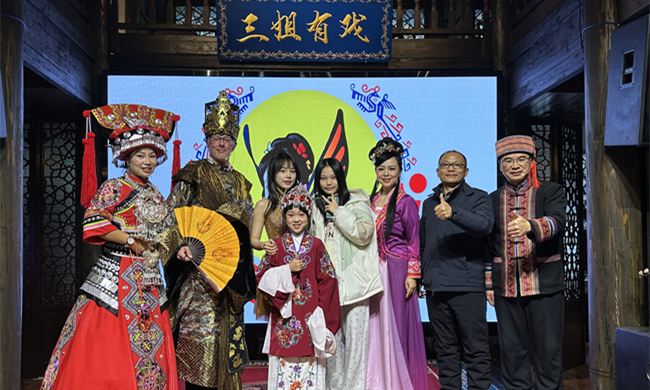
Liu Sanjie is the song fairy in the folklore of the Zhuang ethnic culture, and records of her date as far back as the Song Dynasty (960-1279). Her story has been spread widely and she has become a symbol of Guangxi culture.
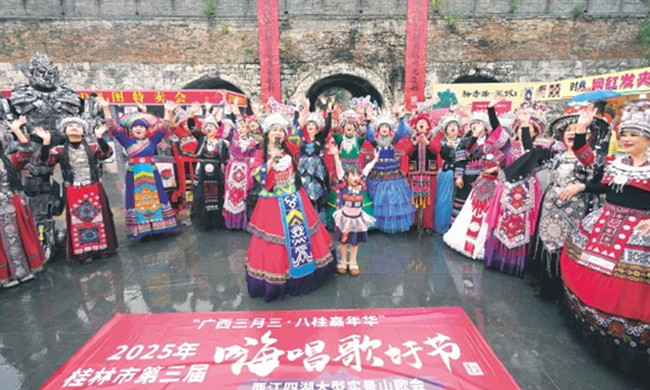
The pop-up shan'ge activity, referring to mountain song, a folk song genre, took place at popular attractions in Guilin, Guangxi, including East West Street, Xiaoyao Tower, Xiaoyao Building, and the Two Rivers and Four Lakes on March 9. The event features traditional Guangxi mountain songs, a lively prelude to the upcoming Guangxi Sanyuesan Festival.
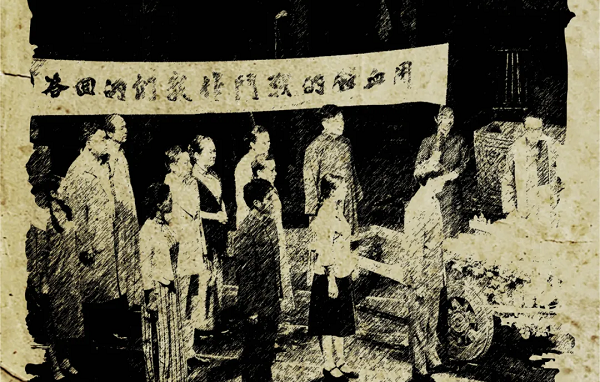
Longyinju, a four-act play in the Guilin dialect, is set during the Chinese People's War of Resistance against Japanese Aggression, depicting the intertwined fates of people living in an old house in Guilin during the Ming Dynasty (1368-1644).
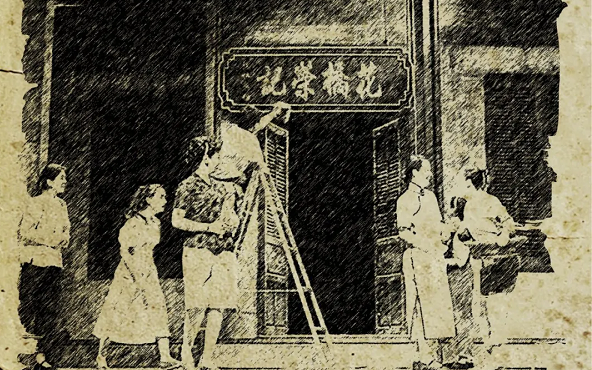
The Guiju Opera Huaqiao Rongji is adapted from the novel of the same name by Bai Xianyong and reimagined as a drama by Zhang Rensheng.
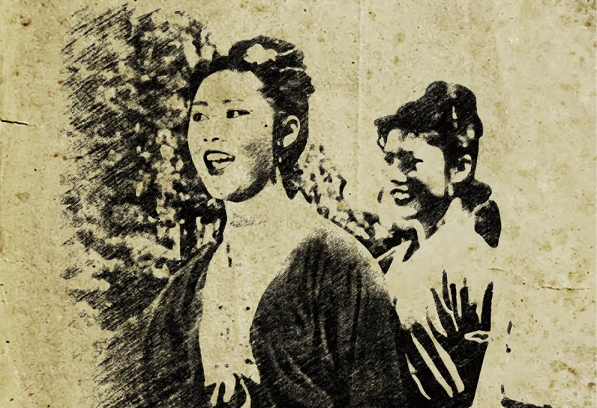
The legendary folk tale “Liu Sanjie” is the first to ever appear on stage.